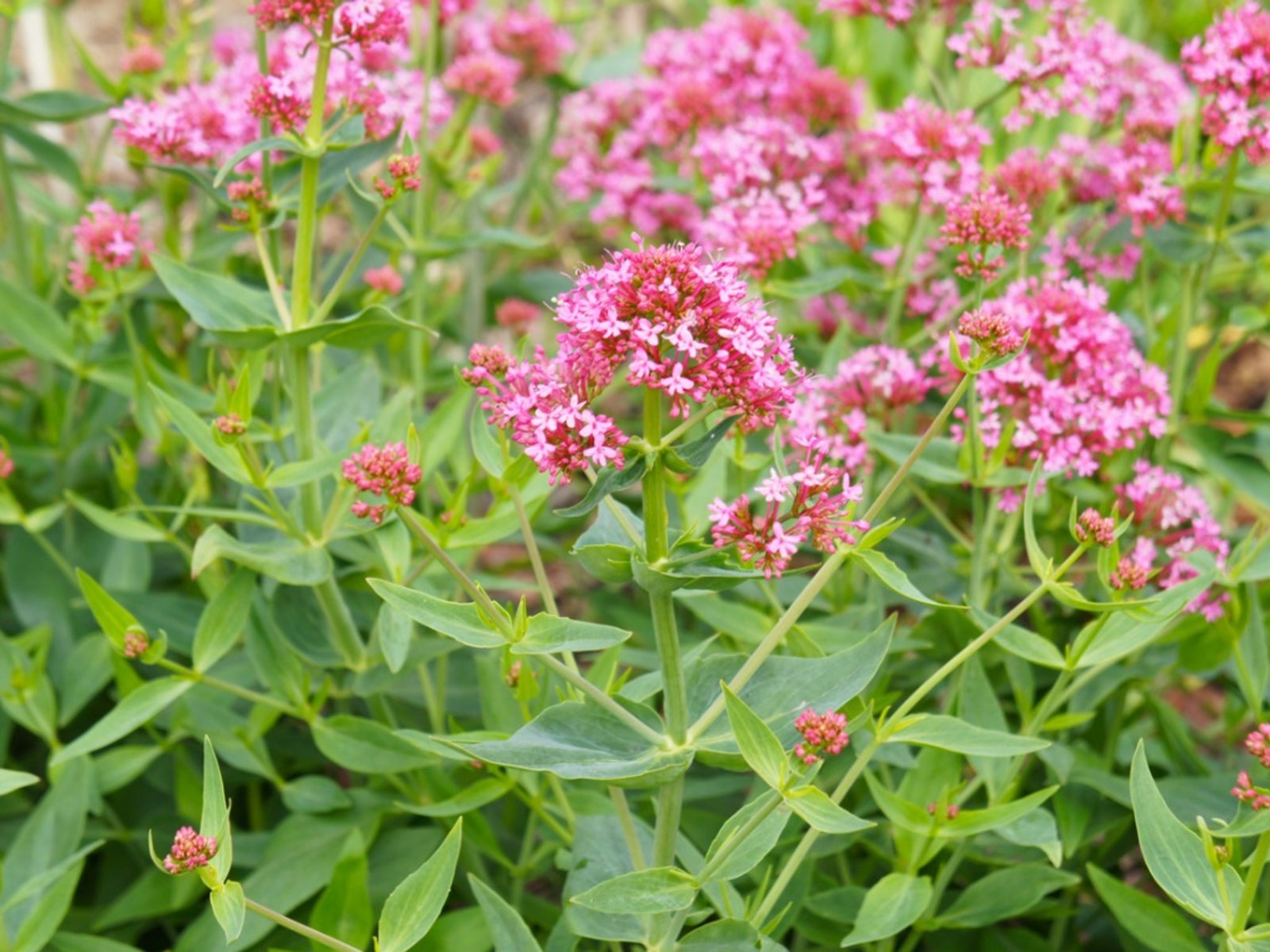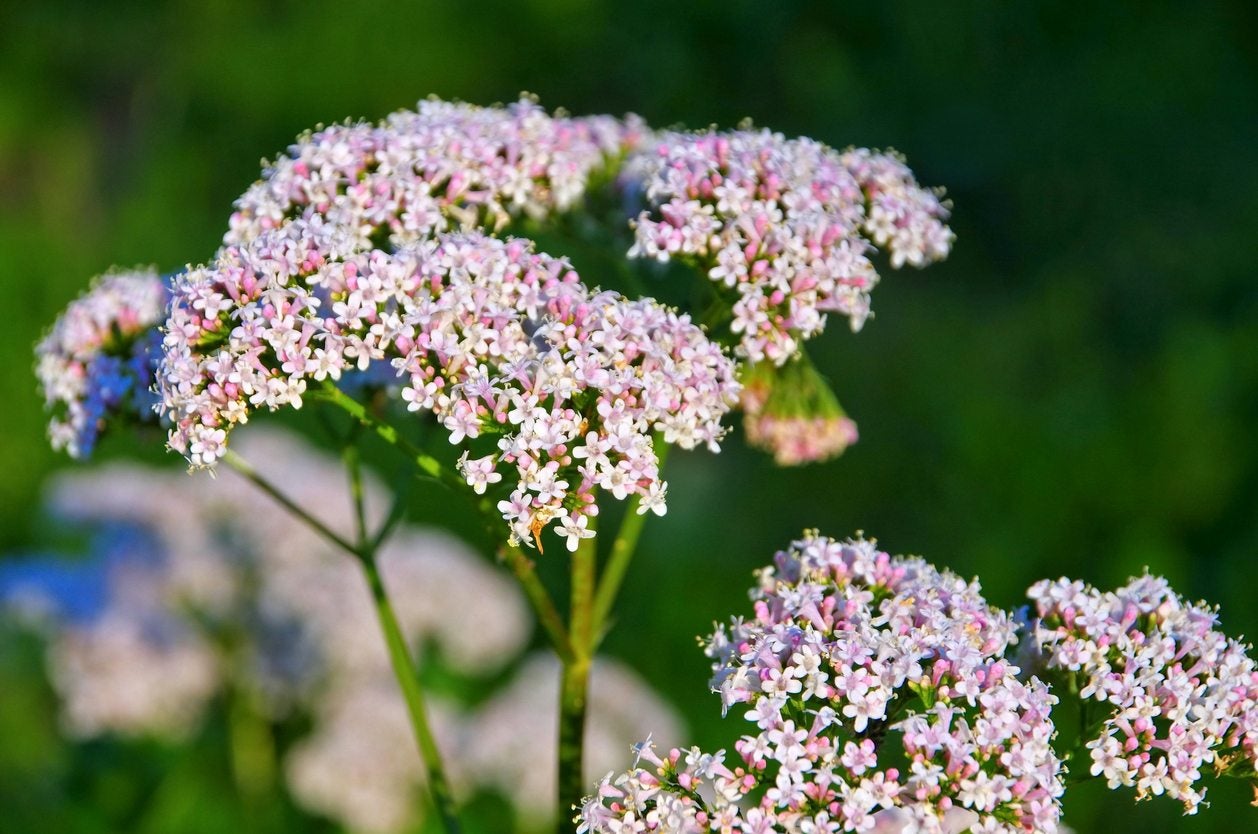Jupiter's Beard Plant Care - Tips On Growing And Caring For Red Valerian


For spring and summer color and ease of care, add red valerian plants (also known as Jupiter's beard) to the full sun herb garden or flower bed. Botanically called Centranthus ruber, Jupiter's beard adds tall and bushy color in the landscape and is ideal as an easy-care background border plant.
Ceranthus Jupiter's Beard Plant
The Jupiter's beard plant reaches 3 feet (0.9 m.) in height, often the same in width, and displays profuse panicles of fragrant red flowers. Colors of white and pink are found in some cultivars of the wild red valerian plants. Native to the Mediterranean, the Jupiter's beard has successfully transitioned to many areas of the United States and attracts butterflies and the all-important pollinators to the area in which it is planted. Leaves and roots of growing Jupiter's beard are edible and may be enjoyed in salads. As with all edible plants, avoid eating chemically treated specimens.
Growing Jupiter's Beard
Jupiter's beard plant can be propagated from cuttings in summer and often re-seeds the same year. Seeds of Centranthus Jupiter's beard planted in early spring will flower the same year, in spring to early summer. This plant flourishes in many types of soil, including poor soil, as long as it is well draining. Red valerian plants also enjoy a sunny location in the garden but will tolerate some partial shade as well.
Care of Red Valerian Plants/Jupiter's Beard
The care of red valerian is minimal, making it an enjoyable specimen in the garden. Part of its care includes thinning seedlings to a manageable level, depending on how many more of the Jupiter's beard plant you want in the flower bed. Deadhead flowers of growing Jupiter's beard before seeds form to decrease re-seeding. Care of red valerian includes clipping the plant back by one-third in late summer. After this renewal pruning, it is not necessary to prune the Jupiter's beard plant again until spring. Other care of red valerian includes watering when the soil is extremely dry, but when rainfall is average, additional water is usually not necessary.
Gardening tips, videos, info and more delivered right to your inbox!
Sign up for the Gardening Know How newsletter today and receive a free copy of our e-book "How to Grow Delicious Tomatoes".

Becca Badgett was a regular contributor to Gardening Know How for ten years. Co-author of the book How to Grow an EMERGENCY Garden, Becca specializes in succulent and cactus gardening.
-
 Looking For Plants To Give You The Soft And Fuzzies? Try These 5 Fuzzy Leaf Plant Options
Looking For Plants To Give You The Soft And Fuzzies? Try These 5 Fuzzy Leaf Plant OptionsLovers of texture, drama, silver foliage and tactile plants will adore these special sensory garden additions. These fuzzy leaf plant options will leave you all aglow
By Susan Albert
-
 Get Ready For A Summer Of Hummers! Grow These Full Sun Hummingbird Plants and Flowers
Get Ready For A Summer Of Hummers! Grow These Full Sun Hummingbird Plants and FlowersIf you’re lucky enough to enjoy a sunny backyard, make sure you are maxing out on your pollinator opportunities and grow these full sun hummingbird plants and flowers
By Tonya Barnett
